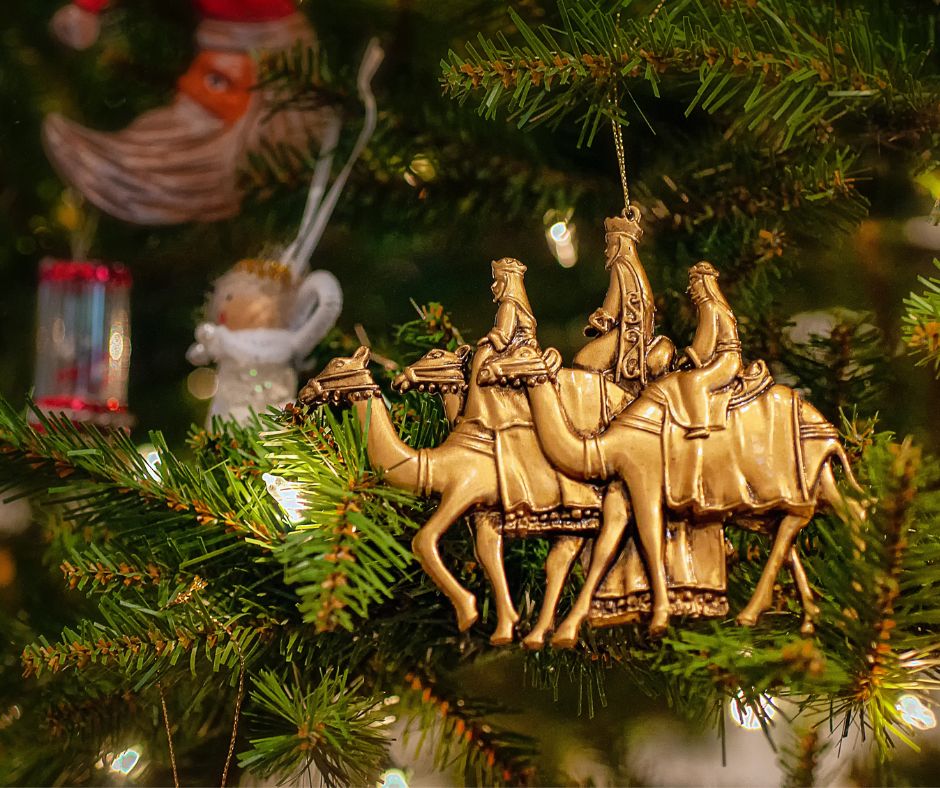The Joy of Epiphany
As January unfolds, the world prepares to bask in the warmth of another significant celebration—Epiphany. Epiphany concludes the traditional 12 Days of Christmas. It falls exactly twelve days after Christmas on January 6th each year. For those Orthodox churches still following the Julian calendar, it falls on January 19th. The joy of Epiphany is marked by a spectacular celebration observed in various parts of the world. This celebration marks the end of the Christmas season and commemorates the visit of the Magi bearing gifts of gold, frankincense and myrrh for newborn king, the infant Jesus.
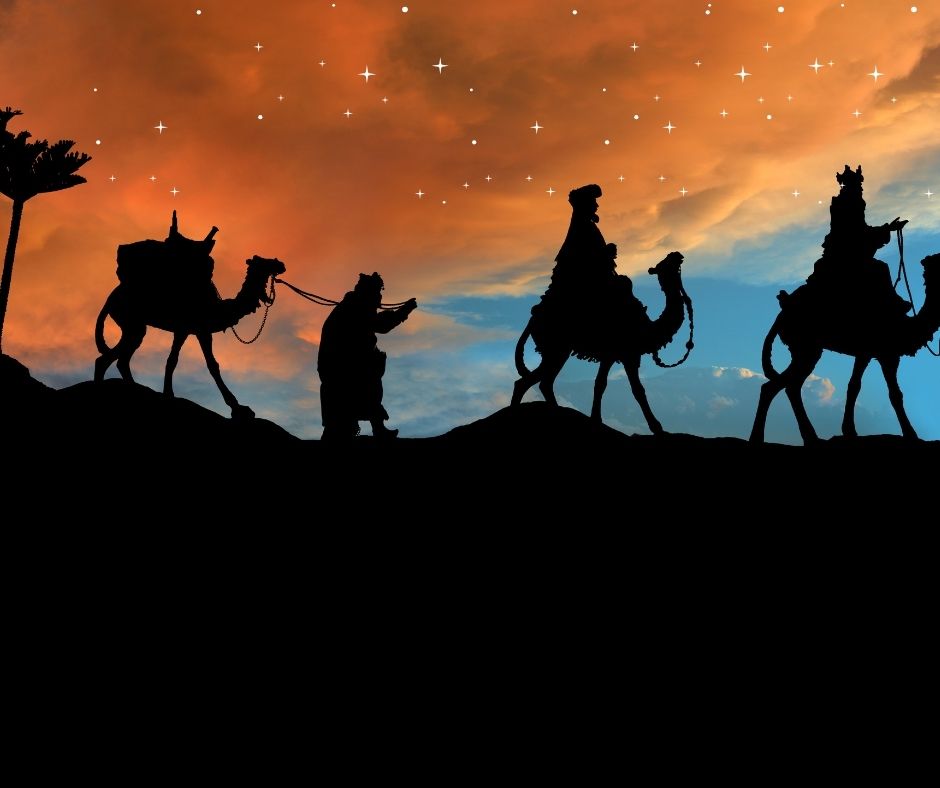
Epiphany by Different Names
Epiphany goes by many names, reflecting its rich cultural significance. In Spain and Latin America, it’s known as Día de Los Reyes aka Three Kings Day while in Greece, it’s “Theofania.” In Germany and Austria, the day is celebrated as “Dreikönigstag,” and in the United Kingdom, it is often referred to as “Twelfth Night.”
Celebrations and Traditions Around the World
While Epiphany may not have the global commercial appeal of Christmas, its cultural richness and diversity make it a spectacular event. The joy of Epiphany is experienced and celebrated with fervor in numerous countries, each adding its unique touch to the festivities. From the lively parades in Mexico to the star-shaped bread in Portugal, the celebrations are as vast and varied as the world itself.
United States
Epiphany marks the beginning of the Mardi Gras season in Louisiana. It is customary to bake king cakes during this time of the year. These cakes may include a small trinket (such as a baby doll) inside. The person who gets the piece of cake with the trinket receives various privileges or obligations.
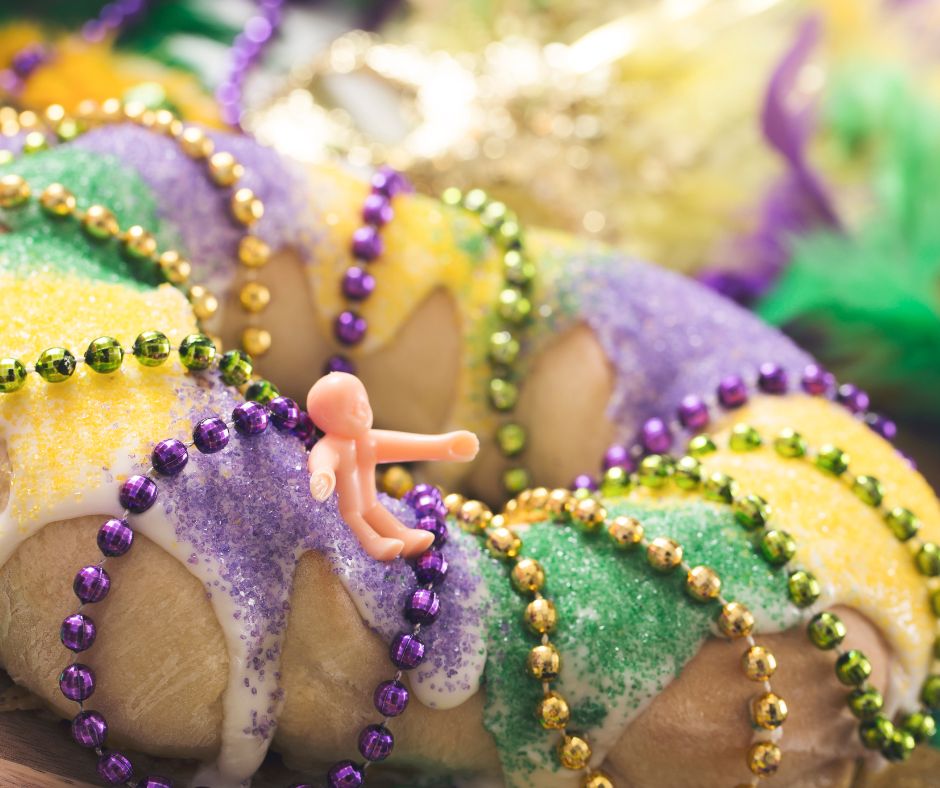
Latin America
In many Latin American countries, the three wise men bring gifts for children rather than Santa Claus. Children express their wishes by writing letters to the wise men, detailing their good behavior and specifying the gifts they desire.
Children often get small gifts like candy and fruit in woven baskets filled with grass for the Magis’ camels on the eve of January 5th. The next morning on January 6th, they get larger presents from the Three Kings. In Latin America, people bake rosca de reyes (bread of kings), a sweet bread baked into a crown-like circle.
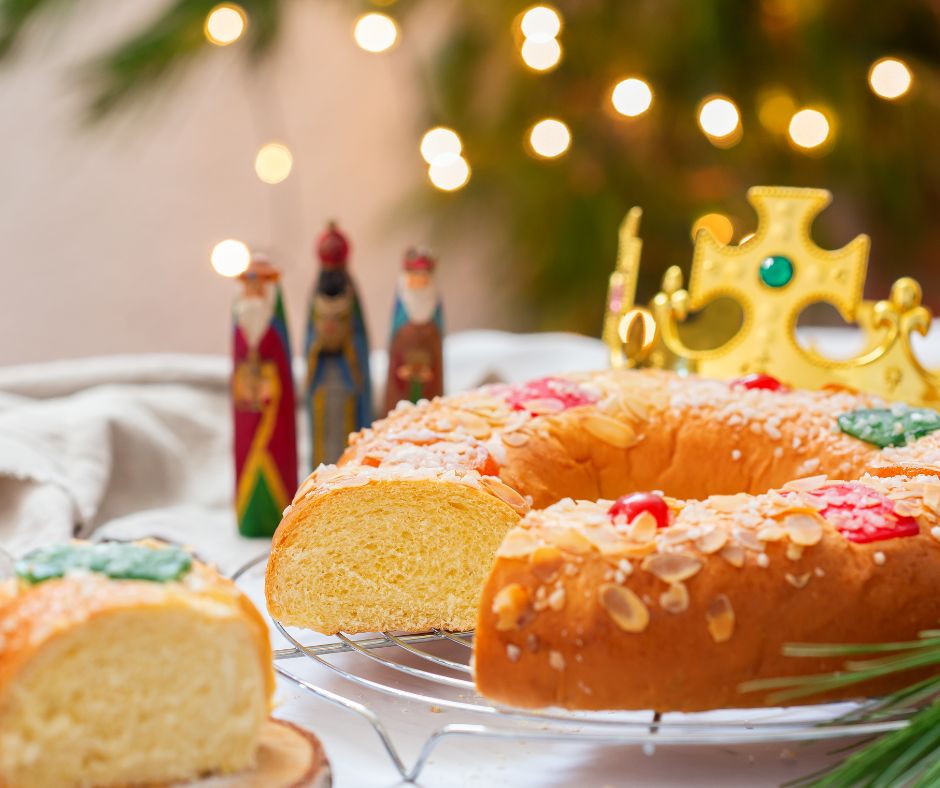
Italy
Italian children await La Befana, a friendly witch riding her broomstick across the sky to deliver presents on Epiphany eve. As legend goes, the Three Kings invited La Befana to join them to greet Jesus but she was too busy cleaning so said she’d catch up. Still searching after all these years, her figure is commemorated in parades featuring a witch-like crone.
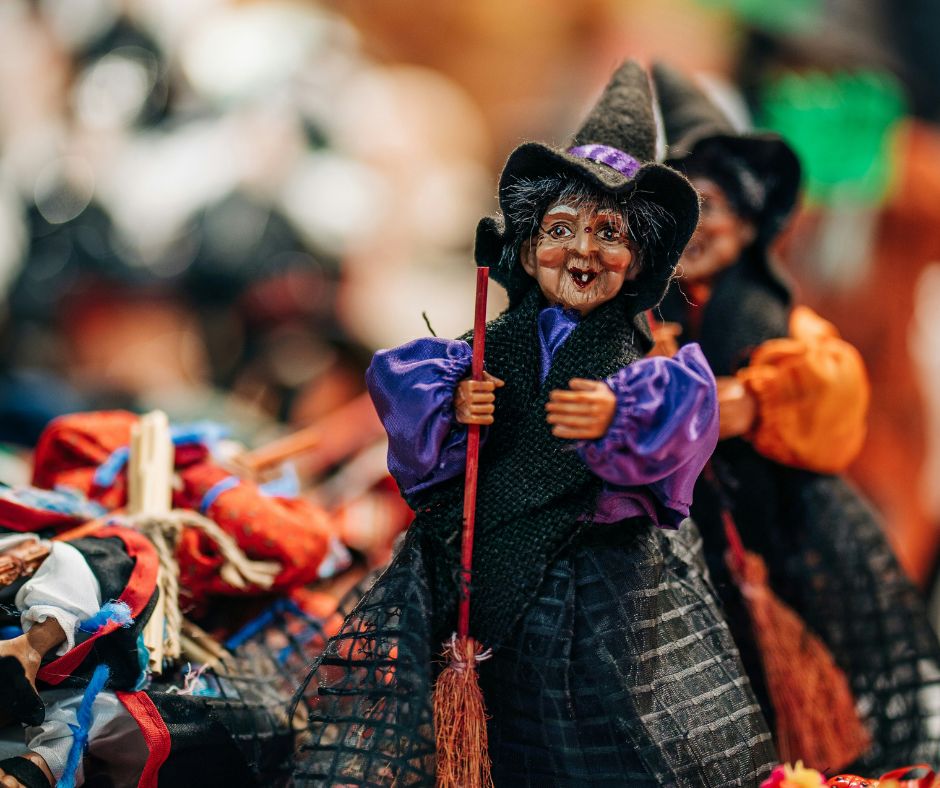
Spain
In Spanish tradition, Epiphany eve is called Noche de Reyes marking the arrival of Los Tres Reyes (The Three Kings). It’s the biggest gift-giving occasion in Spain as children await presents after filling their shoes with straw for the Magis’ camels. Colorful parades featuring the Three Wise Men winding through the streets are a common sight.
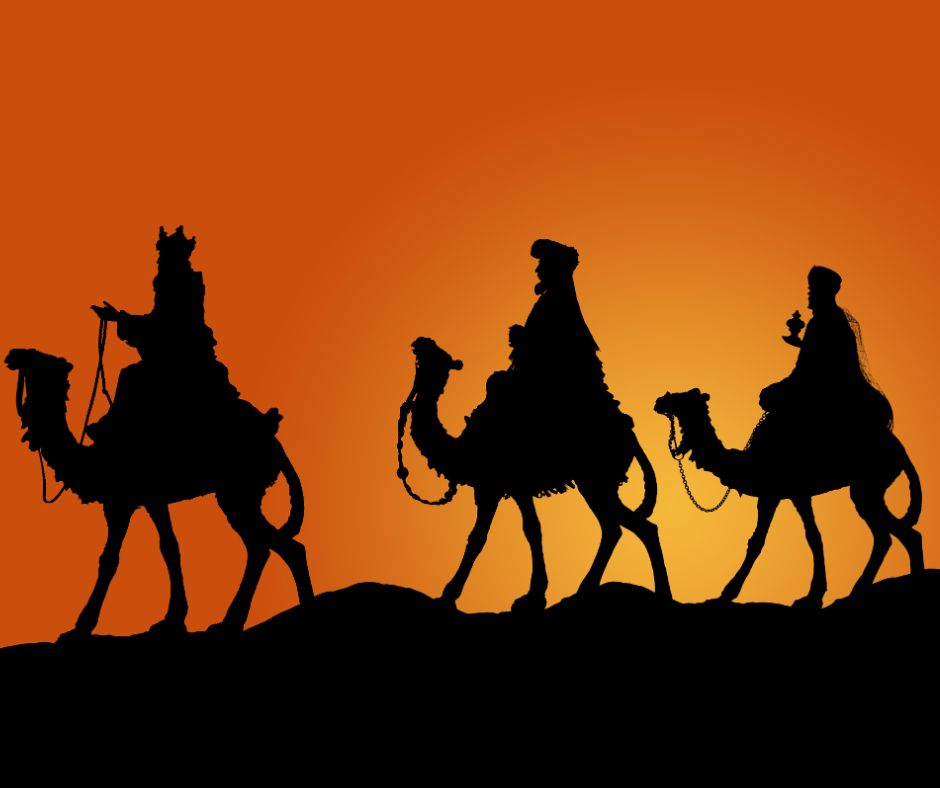
Russia
Epiphany coincides with the Russian Orthodox celebration of Jesus’ baptism. To honor the occasion, they cut a cross-shaped hole in frozen rivers so the priest can bless the waters beneath. Brave worshippers swim in frigid temperatures to retrieve crucifixes intentionally thrown into the water after.
Greece
Priests conduct the Great Sanctification of the Waters across Greece. Coastal towns throw crucifixes into the sea at the stroke of midnight or noon. Then men dive in competing to retrieve them.
Fun Facts About Epiphany
- Some Christians chalk above their home’s entrance with the year and the initials CMB or C+M+B. These letters stand for either the traditional names of the Magi (Caspar, Melchior, and Balthasar) or the Latin phrase “Christus Mansionem Benedicat” meaning “May Christ bless this dwelling.” The chalk is meant to invoke God’s blessing on the home in the new year.
- Epiphany is a public holiday in many countries, including Spain, Italy, Greece, and some Latin American nations.
- The colors traditionally associated with Epiphany are gold, green, and purple. They symbolize the three gifts brought by the Magi: gold for kingship, frankincense for divinity, and myrrh for mortality.
- For many Protestant churches, the season of the Epiphany extends from January 6 until Ash Wednesday and the start of Lent.
- in some cultures, Epiphany is even more significant than Christmas itself.
Epiphany vs. Christmas
Comparing Epiphany to Christmas is like comparing two equally enchanting chapters of a grand holiday tale. Christmas is synonymous with festive decorations, gift-giving, and family gatherings. Epiphany. on the other hand, offers a more culturally diverse and spiritually significant experience.
In terms of global scale, Christmas tends to take the lead, given its widespread commercialization and the universal appeal of Santa Claus. However, for those seeking a more intimate, culturally rich celebration, Epiphany stands as a hidden gem, waiting to be discovered.
As we reach the end of the 12 Days of Christmas, communities worldwide prepare for the festive celebration of Epiphany on January 6th. The joy of Epiphany brings the Christmas season to a close in spectacular fashion. It is truly a joyous occasion, filled with deep meaning and tradition for many faiths across the globe. The beauty of this holiday lies in the diverse ways people around the world come together to celebrate. May the joy of Epiphany be in your hearts and home.
